This post may contain affiliate links. Please read our disclosure policy.
Piloncillo is a staple in Mexican cooking and baking. We’ll explain what it is and how to use it in your favorite recipes, baked goods and other sweet treats!
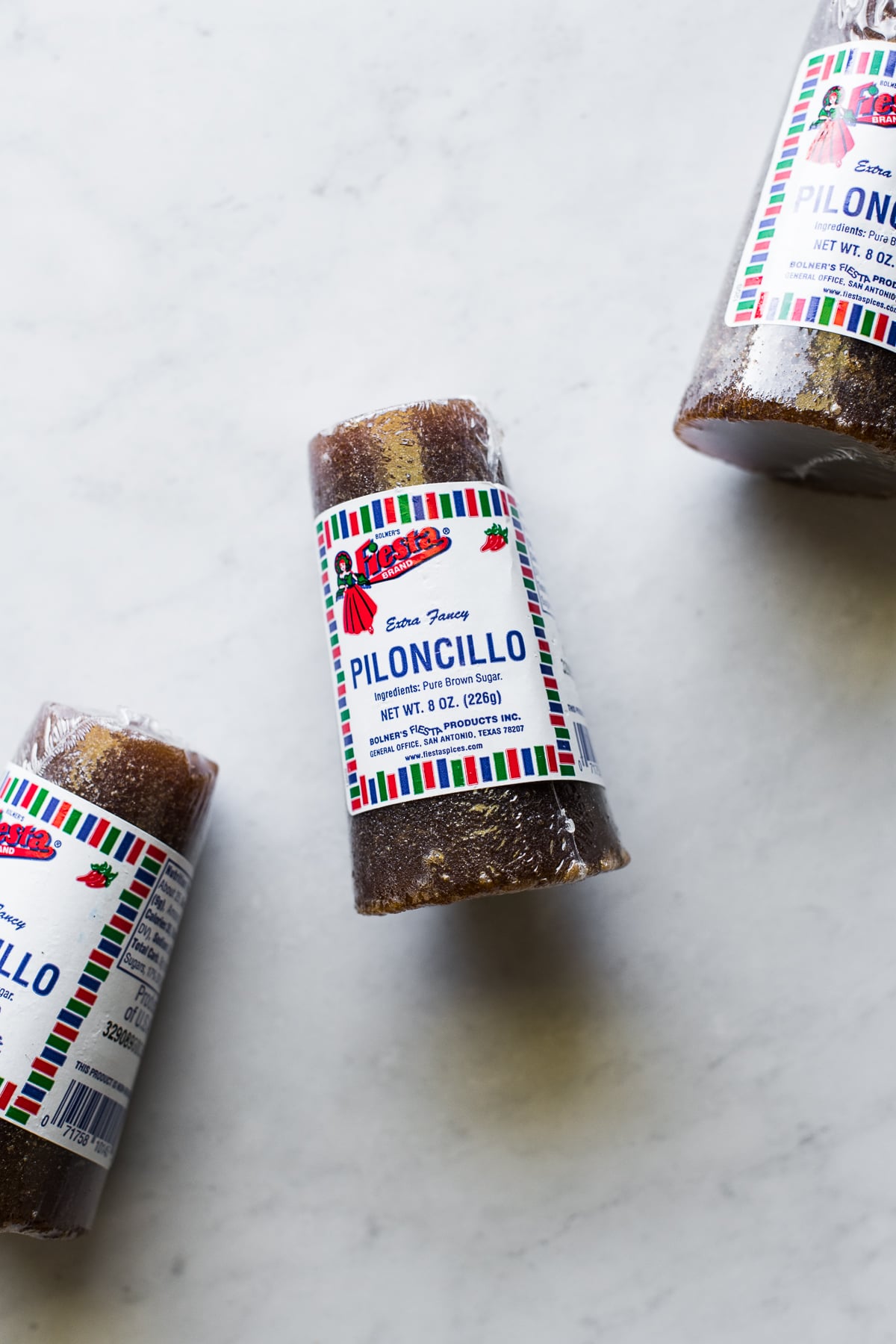
[ez-toc]
What is piloncillo?
Piloncillo is an unrefined whole cane sugar, mainly found in Mexico, where it has been around for at least 500 years.
It has an earthy, caramel-like taste. Some describe it as similar to a very intense brown sugar or molasses. It can usually be found at Mexican markets pressed into blocks, cones, or loaves. It’s very easy to store and transport, and is usually inexpensive.
Is piloncillo the same as brown sugar?
Although piloncillo has a similar taste and look to brown sugar and is sometimes called “Mexican brown sugar”, it is not the same thing.
While brown sugar is usually just white sugar with a small bit of molasses added to it, piloncillo is unprocessed cane sugar. As a result, it has a natural golden brown color without the addition of molasses.
Like brown sugar, piloncillo can be found in two varieties:
- blanco – a lighter piloncillo
- oscuro – a darker piloncillo
How is it made?
Piloncillo is made by crushing sugar cane and collecting the juice. The sugar cane juice is then boiled and reduced to a thick syrup (similar to molasses).
Then, the syrup is poured into molds and dried. The word piloncillo means “little loaf”, which is a traditional shape in which the sugar is molded.
In the U.S., piloncillo is often found in cone shapes.
Is piloncillo the same as panela?
Yes. Panela, also known as rapadura, is popular in Central and Latin America, where it is known by several different names depending on the location. In Mexico, panela is more commonly known as piloncillo.
Panela can be found in several forms, including liquid, granulated and solid blocks.
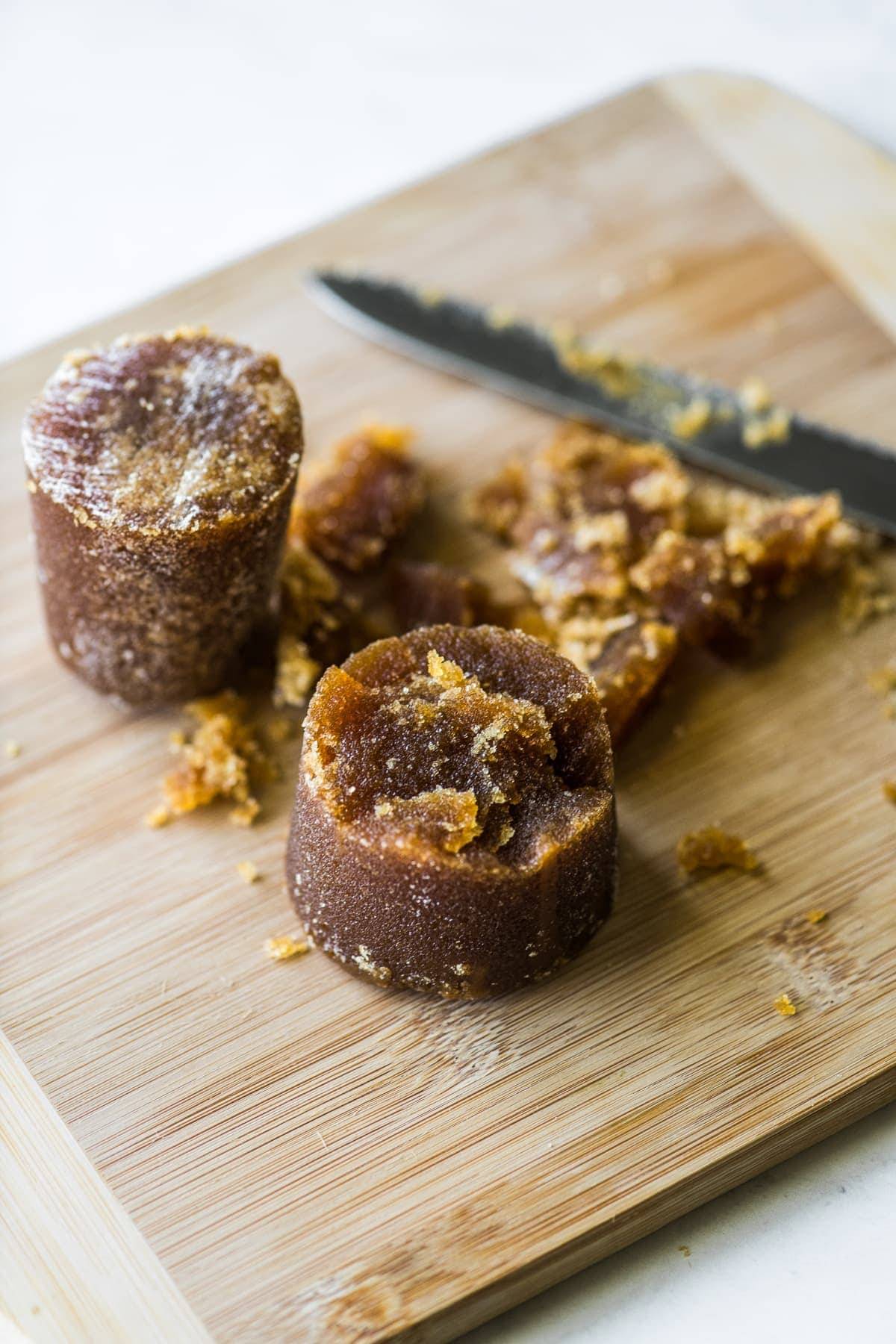
How do you use it?
Piloncillo is popular as both a sweetener and a spice. Since it melts very easily when heated, it is easy to incorporate into beverages, baking and cooking.
At home, you can use it to replace white or brown sugar in baking, desserts and ice creams. Many Mexican recipes call for it, including beverages. It’s often used in the following recipes:
- Mexican ponche
- café de olla
- atole
- champurrado
- capirotada (Mexican bread pudding)
- flan
In Mexico, it is also often found blended with spices such as anise or cayenne, or mixed into Mexican chocolate.
Commercially, piloncillo is used in candy-making, soft drinks and baking!
How can I break up a piloncillo cone?
Piloncillo cones are very solid and hard. As a result, you will need to break it apart before you can use it.
There are a few ways to break down a cone, depending on how fine you want your sugar:
- A knife. Slice or chop piloncillo into small chunks or slivers. This is the simplest way to add it to coffee, hot chocolate or other hot drinks.
- A large cheese grater. Used to quickly break the sugar down into a texture similar to brown sugar.
- A microplane grater. Used to create a super fine sugar.
Alternatively, you could lightly heat the piloncillo in the microwave for about 10-15 seconds. This will soften the cone a bit and allow you to easily break off off pieces with your hands.
Storage
Piloncillo can be stored in a cool, dry place for 1 year.

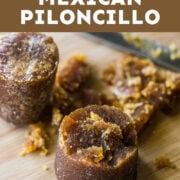
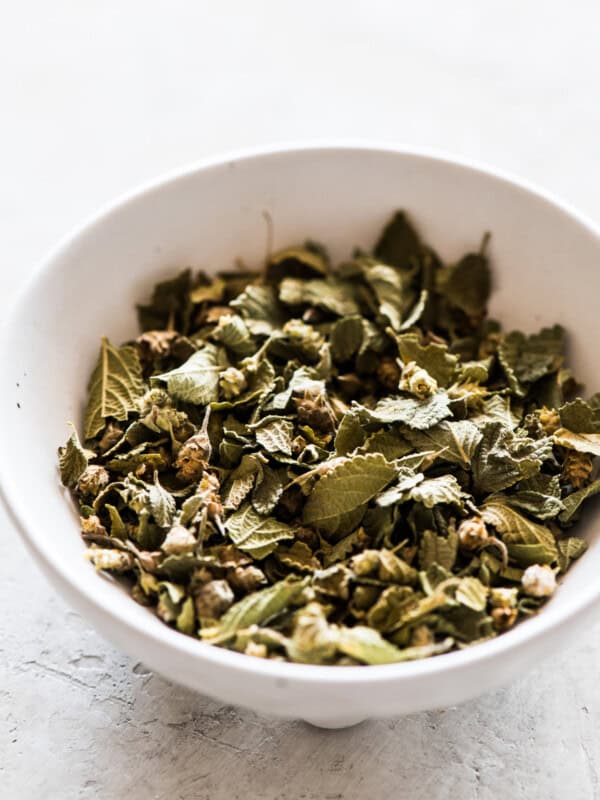
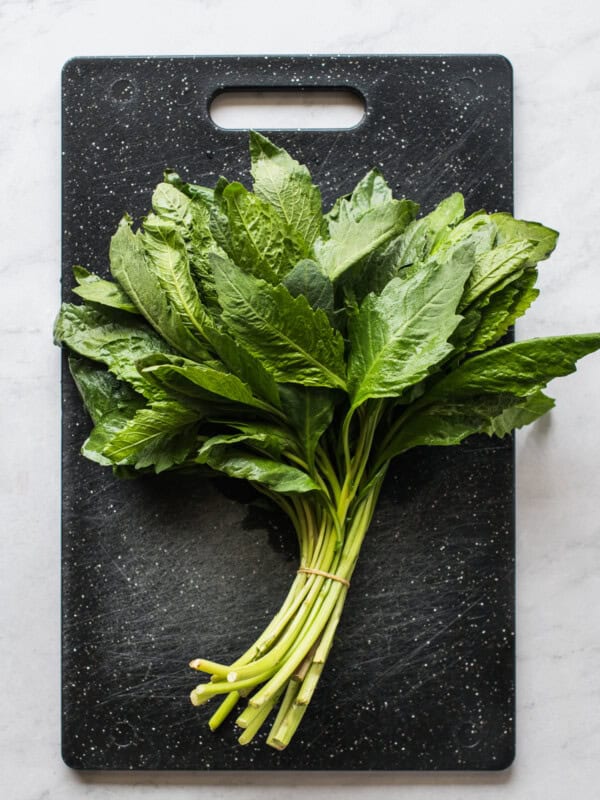
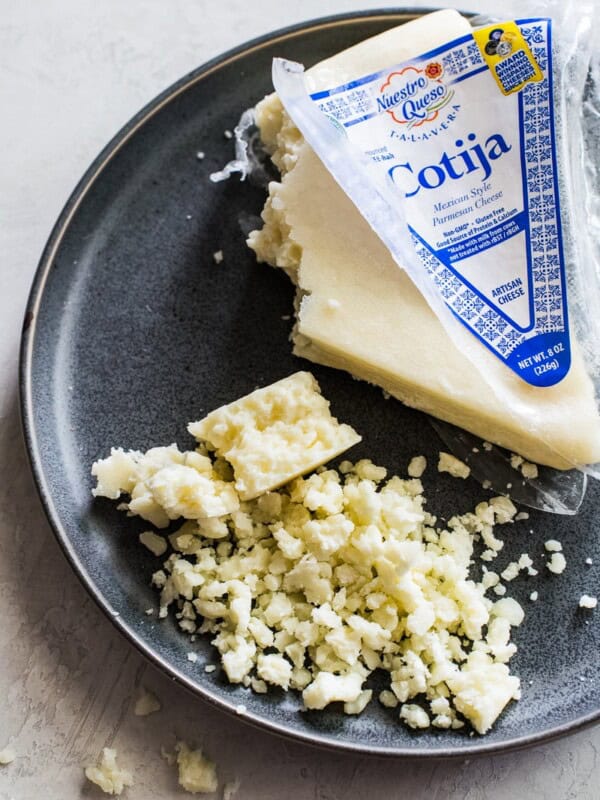
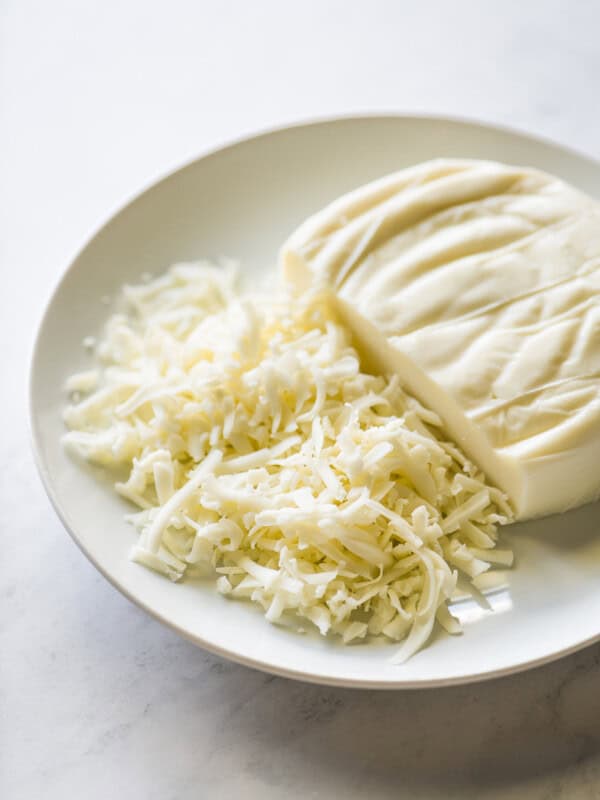









what is the ideal temperture for storage
Hi Juan! We recommend 40 degrees F or under.
Is this good for diabetics
Hi Patricia! We are unable to give medical advice, I would suggest consulting with your doctor first!
Just found this in my grocer
Can this be used on sweet potato ?
Hi Lorrie! Yes this is great on sweet potato!
Hi,
So i am confused. You mention that piloncillo is not brown sugar, yet in the picture at the top of your article you show a cone labeled ‘piloncillo’, then in the next line it says ‘ingredients: Pure brown sugar’.
I have always heard to stay away from the fake brown sugar piloncillo, and recently made Cafe de Olla from a Goya piloncillo that was suspiciously easy to cut and very brown sugar like. The Cafe was not good.
Thoughts on this?
Thanks!
Hi Stephen! That’s a good catch! I’m not really sure why it’s labeled like that. Piloncillo it unrefined whole cane sugar, and brown sugar is processed white sugar with molasses. Maybe its just the Goya brand that had that consistency. I would suggest trying another brand and hopefully that has a true piloncillo taste and texture. Hope this helps!
In the Philippines, it is called panucha. Your article is very informative. Now I know what to do with panucha. Thanks
i have had a piloncillo cone for several years… is it still good?
Hello! I’m afraid it might not be. We suggest using a new one if possible, as it also ensures a fresher taste.
Hello from the US, I’m planning on moving to the Philippines this year and was wondering what other kinds of sweeteners (like sugar) the markets sell there. I use Sucanat or Date sugar here, both are healthy and tasty, but if they don’t sell either of those there, guess I would need to have some sent over. 😁
When using piloncillo as a brown sugar substitute (we just moved to Mexico from Canada ) is it the same equivalent ie: 1 cup brown sugar to 1 cup piloncillo? Having to make some adaptations to my recipes lol.
Hi Kimberly! Yes they can be substituted equally!
Thank you! I was recently introduced to piloncillo (in champurrado) but had no idea what it actually was or how to go about breaking down the larger cones. I can’t wait to try it in my own dishes–with a little help from your blog, of course!
Very helpful, Thanks! I see several recipes here I’ll be trying once I get some of Piloncillo… Capirotada (Mexican Bread Pudding) for one!
Oh, Isabel, we’re going to be great friends! Fabulous website, and I’m looking forward to making some REAL enchiladas soon! (And I’m a sister in arms when it comes to eating disorders. People, you do not want anorexia. Really).